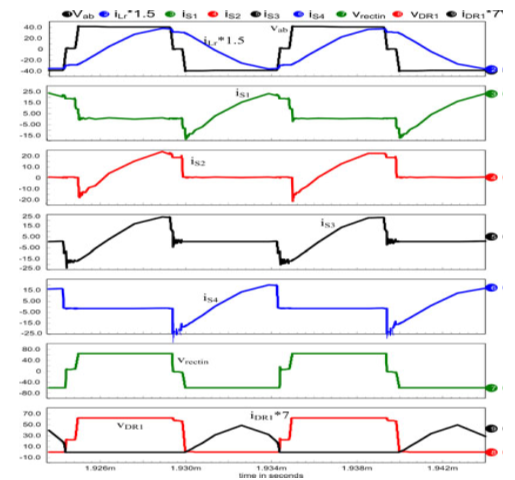Micro Wind Power Generator
with Battery
Energy Storage for Critical
Load
ABSTRACT:
In the micro-grid network, it is especially
difficult to support the critical load without uninterrupted power supply. The
proposed micro-wind energy conversion system with battery energy storage is
used to exchange the controllable real and reactive power in the grid and to
maintain the power quality norms as per International Electro-Technical
Commission IEC- 61400-21 at the point of common coupling. The generated micro wind
power can be extracted under varying wind speed and can be stored in the
batteries at low power demand hours. In this scheme, inverter control is
executed with hysteresis current control mode to achieve the faster dynamic
switchover for the support of critical load. The combination of battery storage
with micro-wind energy generation system (μWEGS), which will synthesize
the output waveform by injecting or absorbing reactive power and enable the
real power flow required by the load. The system reduces the burden on the
conventional source and utilizes μWEGS and battery storage power under
critical load constraints. The system provides rapid response to support the critical
loads. The scheme can also be operated as a stand-alone system in case of grid
failure like a uninterrupted power supply. The system is simulated in
MATLAB/SIMULINK and results are presented.
KEYWORDS:
1. Battery energy storage
2. Micro-wind energy generating
system
3. Power quality.
SOFTWARE: MATLAB/SIMULINK
BLOCK DIAGRAM:
Fig. 1. Scheme of micro-wind
generator with battery storage for critical load application.
EXPECTED SIMULATION RESULTS:
Fig. 2. (a)
Source current. (b) Inverter injected current. (c) Load current.
Fig. 3. (a)
Source current. (b) Load current. (c) Inverter-injected current.
Fig.
4. (a) DC link voltage. (b) Rectified current of wind generator.
(c)
Current supplied by battery. (d) Charging-discharging of dc link capacitor.
Fig.
5. (a) Realization of transfer function. (b) Controller performance.
Fig. 6. Source current and source voltage at PCC.
Fig. 7.
(a) Source current. (b) FFT of source current.
Fig. 8. (a) Source current. (b) FFT of source current.
Fig. 9. Active and reactive power (a) at
source, (b) load, and (c) inverter.
CONCLUSION:
The paper proposed micro-wind energy
conversion scheme with battery energy storage, with an interface of inverter in
current controlled mode for exchange of real and reactive power support to the
critical load. The hysteresis current controller is used to generate the
switching signal for inverter in such a way that it will cancel the harmonic
current in the system. The scheme maintains unity power factor and also
harmonic free source current at the point of common connection in the
distributed network. The exchange of wind power is regulated across the dc bus
having energy storage and is made available under the steady state condition.
This also allows the real power flow during the instantaneous demand of the
load. The suggested control system is suited for rapid injection or absorption
of reactive/real power flow in the power system. The battery energy storage
provides rapid response and enhances the performance under the fluctuation of
wind turbine output and improves the voltage stability of the system. This
scheme is providing a choice to select the most economical real power for the
load amongst the available wind-battery-conventional resources and the system
operates in power quality mode as well
as in a stand-alone mode.
REFERENCES:
[1]
D. Graovac, V. A. Katic, and A. Rufer, “Power quality problems compensation
with universal power quality conditioning system,” IEEE Trans. Power Delivery,
vol. 22, no. 2, pp. 968–997, Apr. 2007.
[2]
Z. Chen and E. Spooner, “Grid power quality with variable speed wind turbines,”
IEEE Trans. Energy Conversion, vol. 16, no. 2, pp. 148–154, Jun. 2008.
[3]
Z. Yang, C. Shen, and L. Zhang, “Integration of stat COM and battery energy
storage,” IEEE Trans. Power Syst., vol. 16, no. 2, pp. 254–262, May
2001.
























